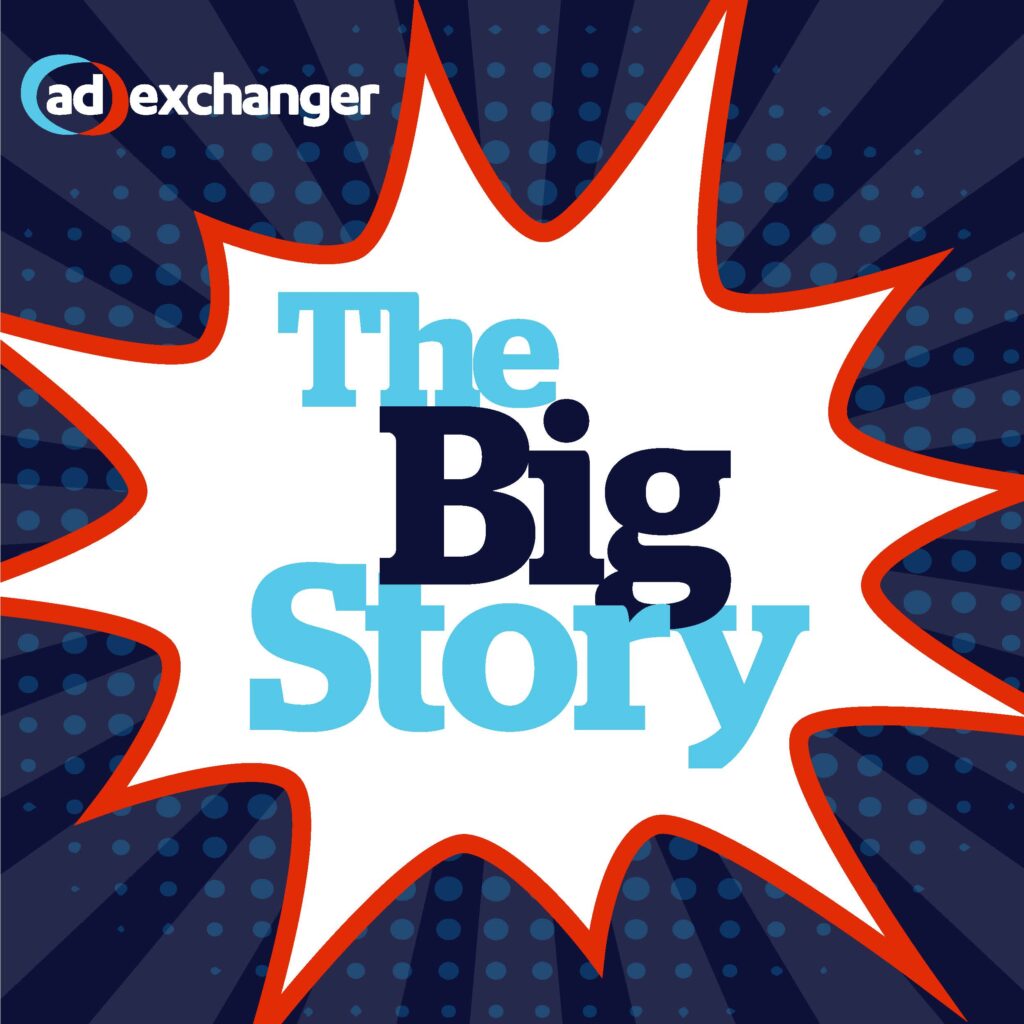Marketers have online advertising utterly backward in their thinking, according to Dean Donaldson, digital experience strategist for campaign-management firm Eyeblaster.
“The entire industry has made itself about click-through rates to justify why you would spend money on online advertising at all,” he said. “The value of branding and direct response online has been locked down into click-throughs.”
He added that most purchases driven by online advertising don’t happen as the result of clicks.
“When people are searching for information online, they’re building up awareness. They’re looking for ratings mechanisms,” he said. “Then they take that information and go buy in a shop.”
Donaldson’s comments come on the heels of a study by Microsoft’s Atlas Institute contending that by focusing on sites that drive clicks, most online marketers ignore the awareness and brand-building effects of ads customers saw before the sale.
In a study of more than 17 million online conversions resulting from the campaigns of 250 advertisers across thousands of sites over 90 days, Microsoft’s Atlas Institute found that the average converter was exposed to 18.5 of the marketer’s ads in within 90 days before the campaigns.
According to Eyeblaster’s Donaldson, the whole online advertising industry is flawed.
“If you’re talking about shampoo, P&G is the largest advertiser in the world, but no one’s going to buy shampoo online,” he said. “Who’s going to look for a shampoo micro-site?”
However, he said, branding online has evolved to the point where it can be done better than through television.
“TV’s got two senses involved: sight and sound. Sight and sound connected with emotions more powerfully than radio, which was just sound,” he said. “Now we’ve got sight, sound and touch. If you give people the ability to tough and feel, they’re more likely to remember and they’re more likely to purchase whether the purchase happens offline or online.”
When someone interacts with a brand online, Donaldson said, it helps nudge them along the path to purchase.
“It’s driving results; it’s just not driving clicks,” he said.
As a result, Donaldson added, he has been explaining to clients that their focus should shift away from being mainly concerned with developing ad formats that drive clicks.
“Instead, it [should be] replaced with: ‘How do we get new formats to drive an experience which is going to drive actual results, irrespective of the actual click or not?’” he said.
Donaldson added the focus on click-throughs is ad-agency driven.
“The agencies tell us all the client is looking at are click-throughs,” he said. “And we say: ‘Well, they’re only looking at click-throughs because you told them to.’ If all we’re talking about are clicks and the clicks aren’t leading to conversions then their only option is to pull the campaign.”
Donaldson said some publishers have begun offering visitors branding experiences without them ever having to click away from the sites—displaying branded wallpaper around the perimeter of the page, for example.
“The old way of thinking was: ‘We don’t want things to intrude into our content because people are going to get upset,’” he said. “But the last thing they want is for people to leave their sites. And if you look at it from a user standpoint, the declining click-through is proof that users don’t want to leave the site.”
He added: “If you let people explore and play around whilst within your environment, they can have an experience which will help drive those emotional connections and drive conversions.”
He also said consumers are increasingly aware of the tradeoff between free content and ads and, as a result, are increasingly less annoyed by advertising online.
“People have realized that content costs money to create and they don’t want to pay for subscriptions,” he said. “People are less offended than they once were.”



